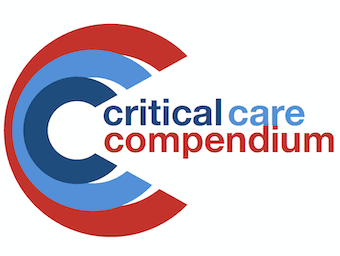
Nutrition of the Critically Ill Obese Patient
High protein hypocaloric feeding is preferred for critically ill obese patients (supported by SCCM/ ASPEN joint Consensus statement)

High protein hypocaloric feeding is preferred for critically ill obese patients (supported by SCCM/ ASPEN joint Consensus statement)

Gastric residual volume is the amount aspirated from the stomach following administration of enteral feed. An aspirated amount of ≤ 500ml 6 hourly is safe and indicates that the GIT is functioning

Basal metabolic rate

Cachexia refers to weight loss and skeletal muscle wasting due to illness where the body does not reduce catabolism (unlike the adaptive reduction in protein metabolism that occurs in starvation). Mechanisms not clearly understood

Daily Nutritional Requirements

Poor Nutrition in ICU: the establishment of enteral feeding is considered an important goal

Enteral Nutrition vs Parenteral Nutrition: controversial issue; at present best recommendations are to optimize oral/enteral nutrition, avoid forced starvation if at all possible, and judiciously use supplemental parenteral nutrition.

Folate Deficiency: 500-20,000 mcg stored in body; required 50-100mcg/day; required for DNA, RNA and protein synthesis (purine, thymidine and amino acid synthesis)

Routine management in ICU involves avoiding complications of hyperglycaemia (infections) and hypoglycaemia (arrhythmias, neurological damage, cardiac events). Traditional goals have varied

Immunonutrition involves feeding (enteral or TPN) enriched with various nutrients (arginine, glutamine, omega-3-fatty acids, nucleotides and anti-oxidants: copper, selenium, zinc, vitamins B, C and E) to improve immune responses and modulate inflammatory responses

Indirect calorimetry is a technique that measures inspired and expired gas flows, volumes and concentrations of O2 and CO2. The equipment used is also known as a metabolic cart

OVERVIEW CAUSES Patient Mechanical Drugs ASSESSMENT History Examination Investigations MANAGEMENT General approach Approach to gastric residual volumes >500mL q6h References and Links LITFL Journal articles